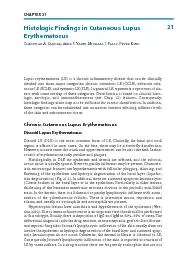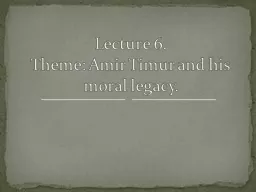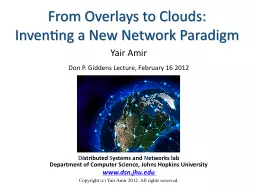PPT-Amir Raz
Author : mitsue-stanley | Published Date : 2017-10-13
Canada Research Chair Montreal Neurological Institute Jewish General Hospital McGill University What is the theme The Science of Hypnosis Top Down versus BottomUp
Presentation Embed Code
Download Presentation
Download Presentation The PPT/PDF document "Amir Raz" is the property of its rightful owner. Permission is granted to download and print the materials on this website for personal, non-commercial use only, and to display it on your personal computer provided you do not modify the materials and that you retain all copyright notices contained in the materials. By downloading content from our website, you accept the terms of this agreement.
Amir Raz: Transcript
Download Rules Of Document
"Amir Raz"The content belongs to its owner. You may download and print it for personal use, without modification, and keep all copyright notices. By downloading, you agree to these terms.
Related Documents














